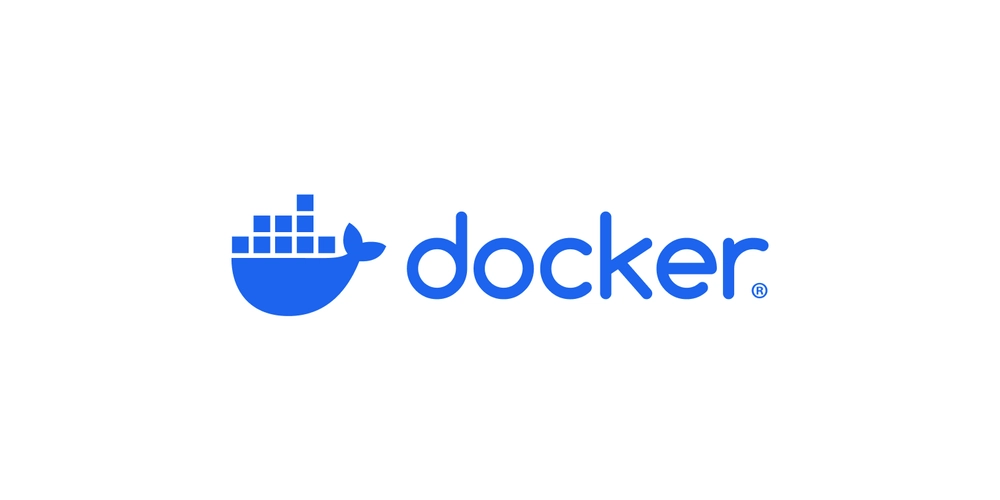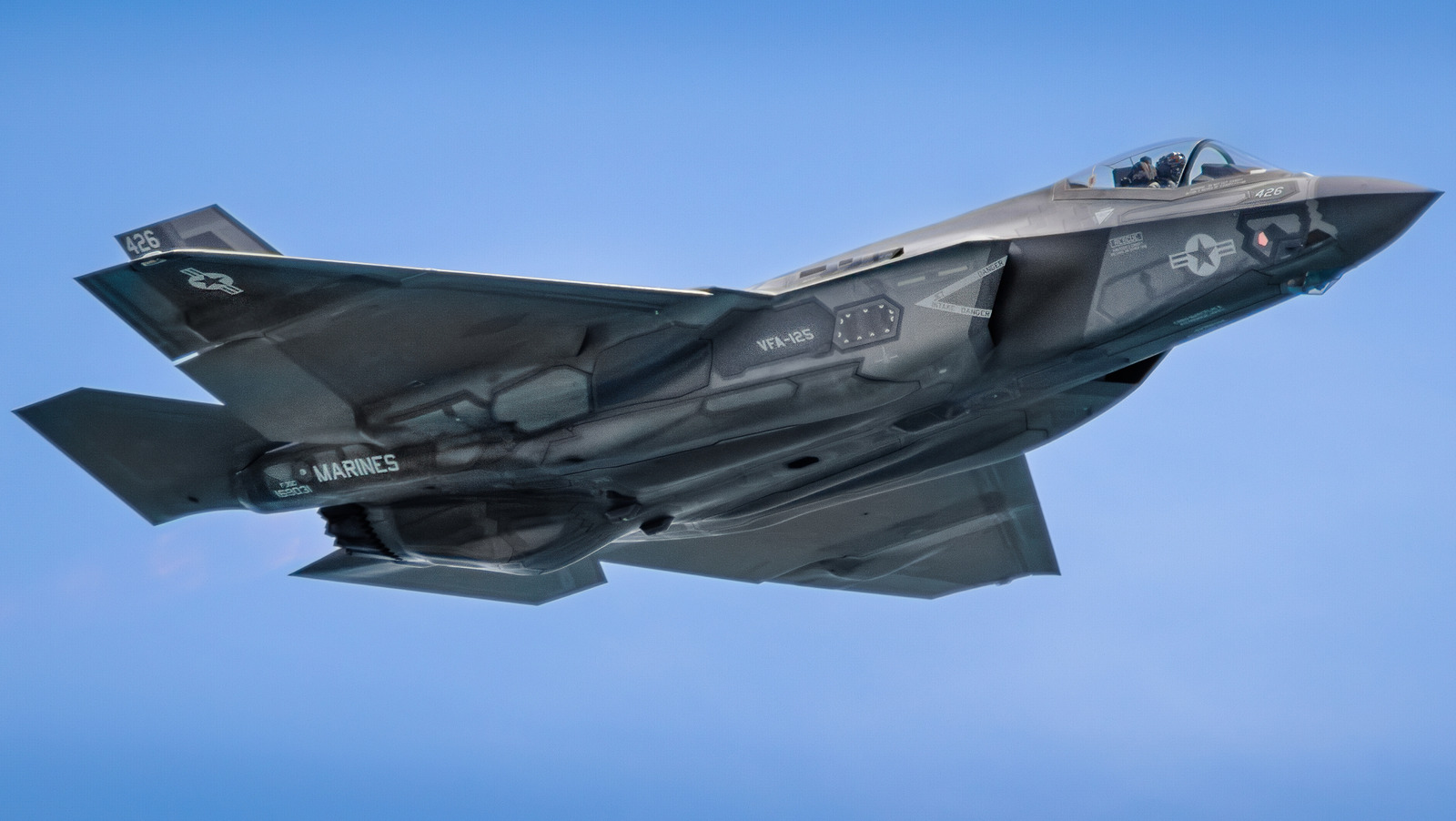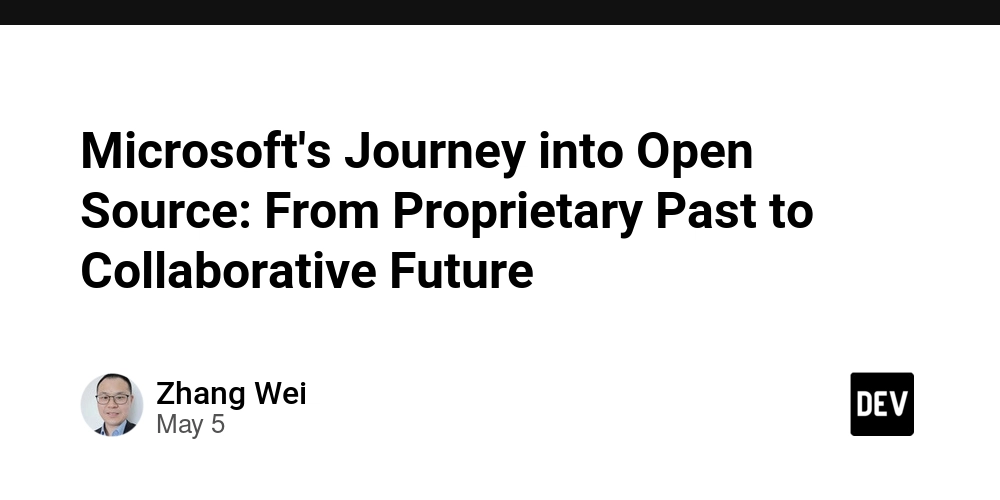Docker Advance: Mastering Containerization
As an experienced developer, you're beyond the basics of docker run and docker build. You need to orchestrate complex, production-ready environments with precision. This guide dives deep into creating robust Docker deployments through YAML configurations, advanced networking, and container health management. The Power of Docker Compose YAML Docker Compose YAML files are the cornerstone of sophisticated multi-container applications. They provide a declarative way to define your entire infrastructure stack. Anatomy of a Production Docker Compose File version: '3.8' services: api: build: context: ./backend dockerfile: Dockerfile.production args: - BUILD_ENV=production image: ${REGISTRY_URL}/myapp/api:${TAG:-latest} deploy: replicas: 3 resources: limits: cpus: '0.50' memory: 512M restart_policy: condition: on-failure max_attempts: 3 healthcheck: test: ["CMD", "curl", "-f", "http://localhost:8000/health"] interval: 30s timeout: 10s retries: 3 start_period: 40s environment: - NODE_ENV=production - DATABASE_URL=postgres://user:pass@db:5432/app secrets: - api_key networks: - backend - frontend depends_on: db: condition: service_healthy redis: condition: service_healthy db: image: postgres:14-alpine volumes: - db-data:/var/lib/postgresql/data - ./init-scripts:/docker-entrypoint-initdb.d healthcheck: test: ["CMD-SHELL", "pg_isready -U postgres"] interval: 10s timeout: 5s retries: 5 environment: - POSTGRES_PASSWORD_FILE=/run/secrets/db_password secrets: - db_password networks: - backend redis: image: redis:alpine command: ["redis-server", "--appendonly", "yes"] healthcheck: test: ["CMD", "redis-cli", "ping"] interval: 10s timeout: 5s retries: 5 volumes: - redis-data:/data networks: - backend nginx: image: nginx:alpine volumes: - ./nginx/nginx.conf:/etc/nginx/nginx.conf:ro - ./certbot/conf:/etc/letsencrypt - ./certbot/www:/var/www/certbot ports: - "80:80" - "443:443" depends_on: - api networks: - frontend volumes: db-data: driver: local driver_opts: type: 'none' o: 'bind' device: '/mnt/data/postgres' redis-data: driver: local networks: frontend: driver: bridge ipam: config: - subnet: 172.16.238.0/24 backend: driver: bridge internal: true ipam: config: - subnet: 172.16.239.0/24 secrets: api_key: file: ./secrets/api_key.txt db_password: file: ./secrets/db_password.txt Key Configuration Components Service Configuration Build Context and Arguments build: context: ./backend dockerfile: Dockerfile.production args: - BUILD_ENV=production This separates your build context from your Dockerfile location, allowing for complex build setups and parameterized builds. Resource Limits deploy: resources: limits: cpus: '0.50' memory: 512M Setting hard limits prevents container resource contention and protects your host system. Health Checks - The Reliability Guardian Health checks are critical for production readiness: healthcheck: test: ["CMD", "curl", "-f", "http://localhost:8000/health"] interval: 30s timeout: 10s retries: 3 start_period: 40s This configuration: Polls your service's health endpoint every 30 seconds Allows 10 seconds for a response Retries 3 times before marking unhealthy Provides a 40-second grace period during startup Health checks enable: Self-healing containers that restart when services fail Dependency ordering based on actual service readiness Orchestration-level service discovery Networking - Isolated and Secure networks: frontend: driver: bridge ipam: config: - subnet: 172.16.238.0/24 backend: driver: bridge internal: true ipam: config: - subnet: 172.16.239.0/24 The internal: true flag for the backend network is crucial - it prevents any container in this network from establishing outbound connections to the internet, creating a security boundary. Advanced Docker Image Configuration Multi-stage Builds for Production Efficiency # Build stage FROM node:18-alpine AS builder WORKDIR /app COPY package*.json ./ RUN npm ci COPY . . RUN npm run build # Production stage FROM node:18-alpine WORKDIR /app ENV NODE_ENV production COPY --from=builder /app/node_modules ./node_modules COPY --from=builder /app/dist ./dist COPY --from=builder /app/package.json ./ # Use non-root user for security RUN addgroup -g 1001 -S nodejs && \ adduser -S nod

As an experienced developer, you're beyond the basics of docker run and docker build. You need to orchestrate complex, production-ready environments with precision. This guide dives deep into creating robust Docker deployments through YAML configurations, advanced networking, and container health management.
The Power of Docker Compose YAML
Docker Compose YAML files are the cornerstone of sophisticated multi-container applications. They provide a declarative way to define your entire infrastructure stack.
Anatomy of a Production Docker Compose File
version: '3.8'
services:
api:
build:
context: ./backend
dockerfile: Dockerfile.production
args:
- BUILD_ENV=production
image: ${REGISTRY_URL}/myapp/api:${TAG:-latest}
deploy:
replicas: 3
resources:
limits:
cpus: '0.50'
memory: 512M
restart_policy:
condition: on-failure
max_attempts: 3
healthcheck:
test: ["CMD", "curl", "-f", "http://localhost:8000/health"]
interval: 30s
timeout: 10s
retries: 3
start_period: 40s
environment:
- NODE_ENV=production
- DATABASE_URL=postgres://user:pass@db:5432/app
secrets:
- api_key
networks:
- backend
- frontend
depends_on:
db:
condition: service_healthy
redis:
condition: service_healthy
db:
image: postgres:14-alpine
volumes:
- db-data:/var/lib/postgresql/data
- ./init-scripts:/docker-entrypoint-initdb.d
healthcheck:
test: ["CMD-SHELL", "pg_isready -U postgres"]
interval: 10s
timeout: 5s
retries: 5
environment:
- POSTGRES_PASSWORD_FILE=/run/secrets/db_password
secrets:
- db_password
networks:
- backend
redis:
image: redis:alpine
command: ["redis-server", "--appendonly", "yes"]
healthcheck:
test: ["CMD", "redis-cli", "ping"]
interval: 10s
timeout: 5s
retries: 5
volumes:
- redis-data:/data
networks:
- backend
nginx:
image: nginx:alpine
volumes:
- ./nginx/nginx.conf:/etc/nginx/nginx.conf:ro
- ./certbot/conf:/etc/letsencrypt
- ./certbot/www:/var/www/certbot
ports:
- "80:80"
- "443:443"
depends_on:
- api
networks:
- frontend
volumes:
db-data:
driver: local
driver_opts:
type: 'none'
o: 'bind'
device: '/mnt/data/postgres'
redis-data:
driver: local
networks:
frontend:
driver: bridge
ipam:
config:
- subnet: 172.16.238.0/24
backend:
driver: bridge
internal: true
ipam:
config:
- subnet: 172.16.239.0/24
secrets:
api_key:
file: ./secrets/api_key.txt
db_password:
file: ./secrets/db_password.txt
Key Configuration Components
Service Configuration
- Build Context and Arguments
build:
context: ./backend
dockerfile: Dockerfile.production
args:
- BUILD_ENV=production
This separates your build context from your Dockerfile location, allowing for complex build setups and parameterized builds.
- Resource Limits
deploy:
resources:
limits:
cpus: '0.50'
memory: 512M
Setting hard limits prevents container resource contention and protects your host system.
Health Checks - The Reliability Guardian
Health checks are critical for production readiness:
healthcheck:
test: ["CMD", "curl", "-f", "http://localhost:8000/health"]
interval: 30s
timeout: 10s
retries: 3
start_period: 40s
This configuration:
- Polls your service's health endpoint every 30 seconds
- Allows 10 seconds for a response
- Retries 3 times before marking unhealthy
- Provides a 40-second grace period during startup
Health checks enable:
- Self-healing containers that restart when services fail
- Dependency ordering based on actual service readiness
- Orchestration-level service discovery
Networking - Isolated and Secure
networks:
frontend:
driver: bridge
ipam:
config:
- subnet: 172.16.238.0/24
backend:
driver: bridge
internal: true
ipam:
config:
- subnet: 172.16.239.0/24
The internal: true flag for the backend network is crucial - it prevents any container in this network from establishing outbound connections to the internet, creating a security boundary.
Advanced Docker Image Configuration
Multi-stage Builds for Production Efficiency
# Build stage
FROM node:18-alpine AS builder
WORKDIR /app
COPY package*.json ./
RUN npm ci
COPY . .
RUN npm run build
# Production stage
FROM node:18-alpine
WORKDIR /app
ENV NODE_ENV production
COPY --from=builder /app/node_modules ./node_modules
COPY --from=builder /app/dist ./dist
COPY --from=builder /app/package.json ./
# Use non-root user for security
RUN addgroup -g 1001 -S nodejs && \
adduser -S nodejs -u 1001 && \
chown -R nodejs:nodejs /app
USER nodejs
# Health check
HEALTHCHECK --interval=30s --timeout=10s --start-period=40s --retries=3 \
CMD wget -q -O - http://localhost:3000/health || exit 1
# Runtime configuration
EXPOSE 3000
CMD ["node", "dist/main.js"]
The Importance of Base Image Selection
Base image selection dramatically impacts security, size, and performance:
- Distroless Images: Contain only your application and its runtime dependencies
- Alpine Variants: Minimal footprint but include package managers for flexibility
- Scratch Images: Empty images for compiled languages, offering the smallest attack surface
Compare the image size differences:
- Node on Debian: ~900MB
- Node on Alpine: ~170MB
- Go compiled binary on scratch: ~10MB
Volume Management - Data Persistence Done Right
volumes:
db-data:
driver: local
driver_opts:
type: 'none'
o: 'bind'
device: '/mnt/data/postgres'
This configuration maps container data to specific host locations with precise mounting options, ensuring data integrity across container lifecycles.
Secrets Management - The Secure Way
secrets:
api_key:
file: ./secrets/api_key.txt
Secrets in Docker Compose are mounted as files, not environment variables, preventing credential leakage in process lists or error logs.
Network Design Principles
Creating Defense-in-Depth
-
Least Privilege Networking:
- Frontend-facing services in one network
- Backend services in an internal network
- Database in its own isolated network
-
Network Segmentation Benefits:
- Limits attack vectors if perimeter is breached
- Provides clear traffic flow visibility
- Enables granular firewall rules
Custom Bridge Networks with Static IPs
networks:
app_net:
driver: bridge
ipam:
driver: default
config:
- subnet: 172.28.0.0/16
ip_range: 172.28.5.0/24
gateway: 172.28.5.254
Static IP assignments allow for deterministic network configurations, especially useful when integrating with legacy systems or configuring static firewall rules.
Container Dependency Management
depends_on:
db:
condition: service_healthy
redis:
condition: service_healthy
This ensures your application only starts when its dependencies are truly ready to accept connections, not just when their containers have started.
Why This Advanced Approach Matters
- Infrastructure as Code: Your entire environment is versioned, reproducible, and testable
- Consistency Across Environments: Dev, staging, and production use identical configurations
- Security by Design: Network isolation, minimal base images, and proper secret management
- Simplified Disaster Recovery: Rebuild your entire stack with a single command
- Efficient Resource Utilization: Precise resource limits prevent waste and contention
Moving Beyond Basic Docker
When working at scale, consider these advanced patterns:
Configuration Management with Docker Configs
configs:
nginx_config:
file: ./nginx.conf
Unlike volumes, configs are immutable and better represent configuration as code.
Custom Health Check Implementations
For complex applications, implement sophisticated health checks that verify:
- Database connections
- External API availability
- Cache system functionality
- Queue processor status
Init Systems and Zombie Process Prevention
services:
app:
init: true
The init: true flag adds a lightweight init system to your container, preventing zombie processes and ensuring proper signal handling.
The Path to Orchestration
This advanced Docker Compose setup forms the foundation for moving to orchestration platforms like Kubernetes. The principles remain the same:
- Declarative configuration
- Health monitoring
- Resource management
- Network segmentation
- Secret handling
By mastering these Docker concepts, you're not just containerizing applications—you're building production-ready, scalable, and secure systems that embody DevOps best practices.
The true power of Docker isn't in simplifying development; it's in enabling consistent, repeatable infrastructure that bridges the gap between development and operations, turning the art of deployment into a precise science.
Upcoming
- How to self-host Coolify - an open source alternative to Netlify or Heroku.
- self-host services like analytics, email-server, interactive-forms, databases and much more!









































































































































































![[The AI Show Episode 146]: Rise of “AI-First” Companies, AI Job Disruption, GPT-4o Update Gets Rolled Back, How Big Consulting Firms Use AI, and Meta AI App](https://www.marketingaiinstitute.com/hubfs/ep%20146%20cover.png)

























































































































![[DEALS] The Premium Python Programming PCEP Certification Prep Bundle (67% off) & Other Deals Up To 98% Off – Offers End Soon!](https://www.javacodegeeks.com/wp-content/uploads/2012/12/jcg-logo.jpg)















































































































































_Aleksey_Funtap_Alamy.jpg?width=1280&auto=webp&quality=80&disable=upscale#)
_Sergey_Tarasov_Alamy.jpg?width=1280&auto=webp&quality=80&disable=upscale#)















































































































![Apple Developing New Chips for Smart Glasses, Macs, AI Servers [Report]](https://www.iclarified.com/images/news/97269/97269/97269-640.jpg)
![Apple Shares New Mother's Day Ad: 'A Gift for Mom' [Video]](https://www.iclarified.com/images/news/97267/97267/97267-640.jpg)
![Apple Shares Official Trailer for 'Stick' Starring Owen Wilson [Video]](https://www.iclarified.com/images/news/97264/97264/97264-640.jpg)



































































































